
Photo: pixabay.com

Photo: pixabay.com
This page is more than four years old and was last updated in April 2022.
It may feel like all paranormal research has come to a halt as a result of the global coronavirus lockdown, but there are certain areas of research that can carry on even in the current situation and Electronic Voice Phenomenon (EVP) is one of them.
EVP are disembodied human-like voices which are heard through electronic devices, often in the form of sounds imprinted on an audio recording or through radio noise. Nowadays when you think of EVP recording, you probably think of it as a form of spirit communication used on ghost hunts, but the early day pioneers of EVP didn't actually need to visit a haunted location to conduct their work.
For more than a century EVP was a field of research that was conducted in homes, laboratories, offices and workshops. It was only in the early-2000s when television ghost hunting programmes started using the technique during their investigations that it switched to become something that is more commonly done at a haunted location.
Although today EVP experiments are commonplace on ghost hunts, at the beginning of the 20th century the research was carried out as part of early séances, which would take place at the medium's home or performance space. The medium's job was to pull the spirits through and communicate with them.
In the 1940s early audio recording technology meant that electronic devices could be used to communicate with the spirits instead of a medium, a technique known as Instrumental Trans-Communication or ITC. It was an American psychic of Hungarian descent named Attila von Szalay who was at the forefront of this new approach.
Based in California, von Szalay conducted his EVP experiments by placing a microphone in an insulated spirit cabinet. The medium, in this case psychic von Szalay, would sit in the cabinet in order to channel the spirits. The microphone was connected to a recorder placed outside the cabinet.
One of the most famous names in EVP research was Konstantin Raudive, a Latvian parapsychologist, who spent nine years of his life, until his death in 1974, exploring EVPs. Over his career he recorded more than 100,000 audio tapes, all of which would have been made without the need to visit a haunted location. Raudive used several methods of recording EVPs, each method was carried out in strict laboratory conditions, which included screening from external radio interference.
Another famous name in the field of EVP research was Marcello Bacci, he also conducted his experiments in a fixed location and the voices he captured were heard as a result of him and his equipment rather than spirits associated with the building he worked out of.
Bacci's place of work was a small performance space in Grosseto, Italy, where audience members were given the chance to hear the voices of their deceased loved ones in demonstrations that Bacci performed over a period of about 20 years starting in 1974.
As the EVP research movement grew, research associations formed all around the world including the Association Transcommunication (ATransC), founded by EVP researcher Sarah Estep in 1982. She began her research into EVP using a reel-to-reel tape recorder in 1976 and also used a home office as her place of research. Estep had a dedicated space in her home which housed various types of recording equipment that she used to make hundreds - if not thousands - of EVP recordings.
How To Capture EVPs At Home

Photo: pixabay.com
One of the advantages of practicing EVP recording at home is that you're able to experiment with various types of equipment without having to lug kit around to haunted locations, where you might not be able to plug electrical equipment in and can't always guarantee silence.
Of course the most commonly used tool today is a handheld digital audio recorder. While some investigators swear by the technically flawed Panasonic RR-DR60 through to the popular Olympus VP-10 digital audio recorder, the truth is just about any audio recorder or dictaphone will do, even the audio recorder application already installed on most mobile phones will get you started.
However, you don't need to limit your research to digital audio. Being at home with a little more free time on your hands makes it the perfect time to experiment with some different technologies. Since we know that the EVP research movement started with recordings made on tape, why not go back to basics and try this method?
eBay has a huge number of listings of vintage reel-to-reel tape recorders, 90s cassette recorders, and retro dictaphones that record to mini-cassettes for sale. Any of these devices would be perfect to use in a quiet room at home.
The most simple method employed by Raudive used to capture EVPs, was a microphone connected to a tape recorder. He left this running in silence, with no one talking. At times he even used this method but without a microphone connected to the recorder to see if the voices could imprint themselves on to the tape.
Of course you'll need to find a quiet moment, perhaps when the family are in bed and televisions and gadgets are turned off. You'll also want to be able to invest a solid chunk of time in the EVP session, so avoid busy times of day like during homeschooling. Then close any doors and windows you can to keep extraneous noise to a minimum.
Advertisement ‐ Content Continues Below.
Experimenting With Radio Voice Phenomenon

Photo: pixabay.com
If you don't have an audio recorder and don't have the cash to spend on a new device due to the current financial uncertainty, then you could try experimenting with a normal radio. EVPs captured using a radio receiver are known as Radio Voice Phenomenon (RVPs).
Today RVPs are most commonly heard spewing out of a spirit box on paranormal investigations. A spirit box is essentially a modified radio that rapidly scans through the AM, MW and FM radio spectrum, as it does the sounds of white noise and fleeting snippets of radio broadcasts can be heard. It's believed that spirits are able to change or influence these bursts of audio in order to form sounds, words or even sentences.
If you can't afford such a fancy ghost hunting gadget, then you could use any type of radio. This is one of the methods that Raudive used. He tuned a standard radio to a part of the frequency band where there was no station so that it just produced white noise. He would record the radio's output and later analyse it for voices.
Bacci also used a radio receiver, an unmodified vacuum tube set. During his demonstrations he also tuned the radio to a part of the radio spectrum which was void of radio broadcasts and after ten to twenty minutes, the white noise from the speakers would die down and the voices of a spirits would clearly come through.
EVP Research Best Practices
When recording EVPs you should start by speaking the date, time, location and number of people present out loud. This will make it easier to keep a track of recordings when you review the audio later. Knowing where the audio was captured and who was present will help you debunk sounds heard in the recording. To help you debunk non-paranormal noises you should note verbally any sounds which are heard during the session so that you can eliminate them from your investigation when you later review the audio.
You should also try to stay as still as possible to avoid making any unnecessary noise. Not only could these sounds be mistaken for paranormal contact in the recording, but you could also drown out genuine EVPs.
You should call out to the spirits and encourage them to come forward, talk to you, and answer your questions. Be polite and respectful and don't make demands. Be sure to leave plenty of time after each question to allow the spirit time to answer. You may not hear anything at the time but when reviewing the audio the EVPs could be present, you'll be able to hear the spirit answering your question.
In the case of Sarah Estep it was often the voices of deceased friends and family members that came through in her recordings. Similarly in traditional séances it was usually loved ones who made contact with the sitters. Since you will probably be conducting your experiments in a non-haunted location, then you might also find that the voices come through have a connection to you rather than your home.
Be patient and give the spirits plenty of time to make contact, but don't record too much. Remember you're going to have to review this audio after the session so it's best to keep EVP sessions to around five to ten minutes. You can also try real-time EVPs, this is where you ask a question and then review the recording straight away during the investigation.
When reviewing the session you'll need to use headphones, rather than the small and inadequate speakers in the recording device itself. However, the best way to review the audio is to transfer it on to a computer, this allows you to review the audio in greater detail. You can use free audio editing software like Audacity to boost the audio level and hear responses more clearly.
If you do hear a voice in your recording, it's best to isolate the answer from the question and play it to someone out of context for a second opinion. Take advantage of those locked down at home with you and ask them to review the audio. If they also hear the same words without the context of the question then this strengthens your evidence.
Remember, there is no right or wrong when it comes to the paranormal. Use this time to try different methods and techniques. Even if you aren't successful at capturing EVPs at home, once the lockdown restrictions are eased you'll be able to put your new knowledge into practice at ghost hunts, but since we don't know how long it will be until we go out investigating again, make sure you have plenty of blank tapes.
🦠 COVID-19's Impact On The Paranormal World
See All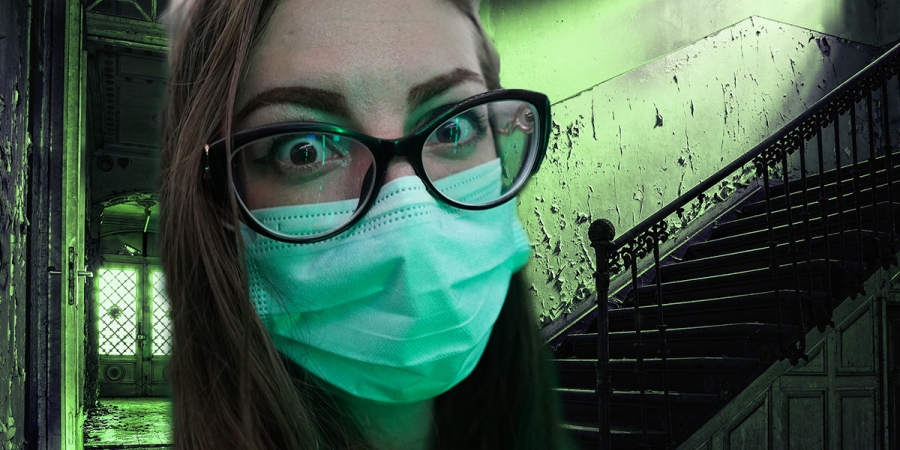
ArrayMarch 08, 2021
How Ghost Hunting Can Resume With The COVID-19 Roadmap To Freedom
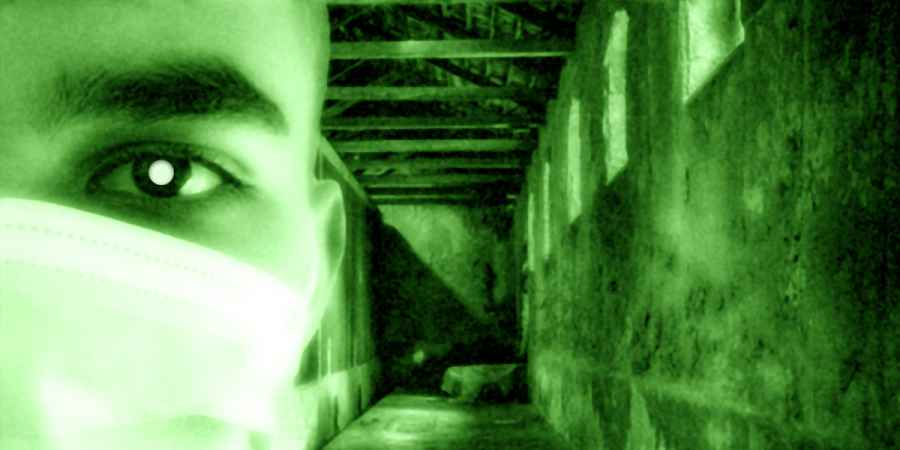
ArrayFebruary 17, 2021
Safety Tips For Paranormal Events During The Pandemic
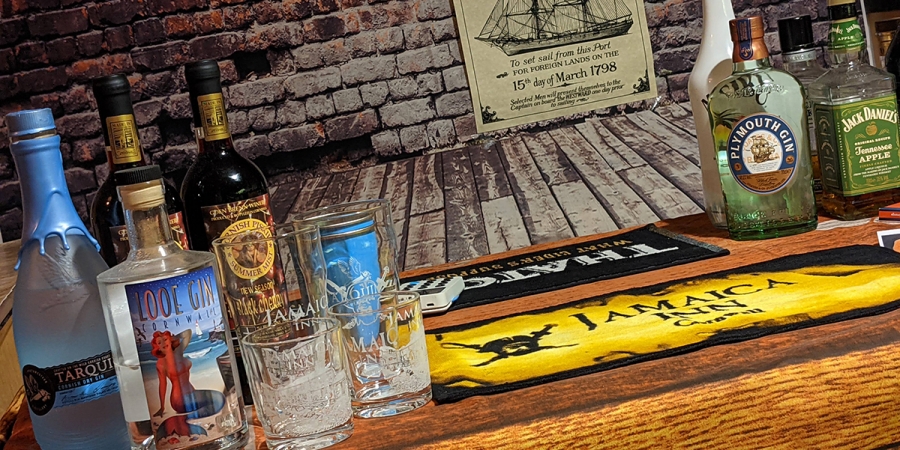
ArrayFebruary 07, 2021
Ghost Hunter Recreates Haunted Jamaica Inn For Girlfriend's Lockdown Birthday
Further Reading
Dive into the world of the paranormal and unexplained with books by Higgypop creator and writer Steve Higgins.
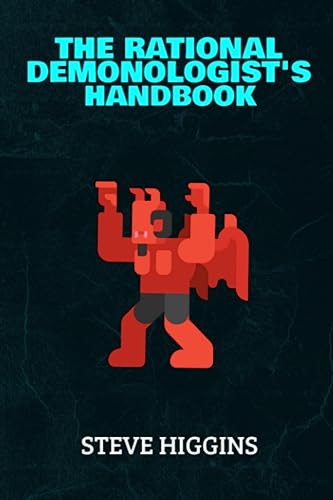
The Rational Demonologist
An exploration of demonic activity, including possession, protection, and exorcism.
Buy Now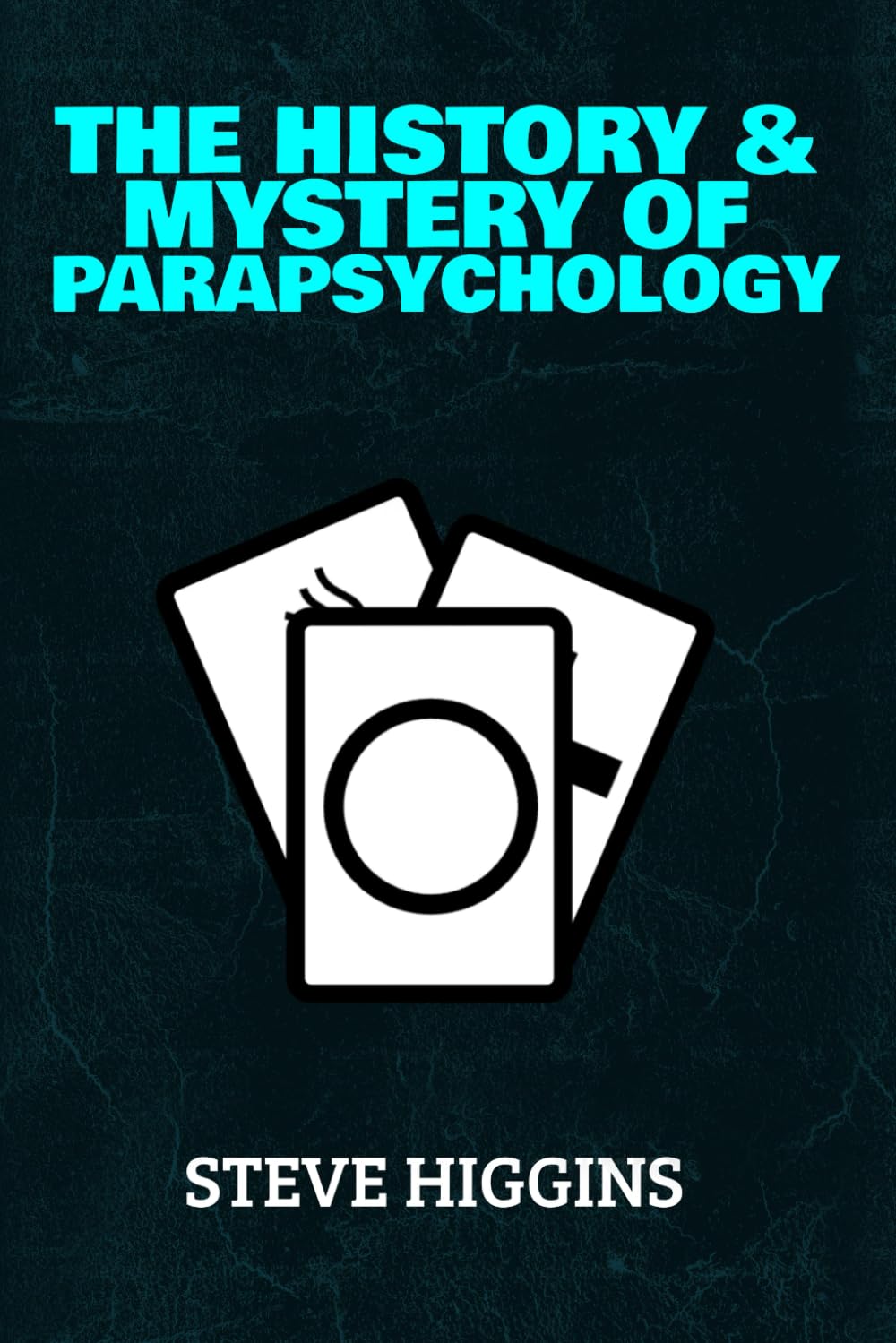
The History & Mystery Of Parapsychology
A deep dive into paranormal phenomena, exploring history, science, and psychology.
Buy NowMore Like This

ParanormalJune 06, 2024
How Infrasound Could Explain Your Paranormal Experiences
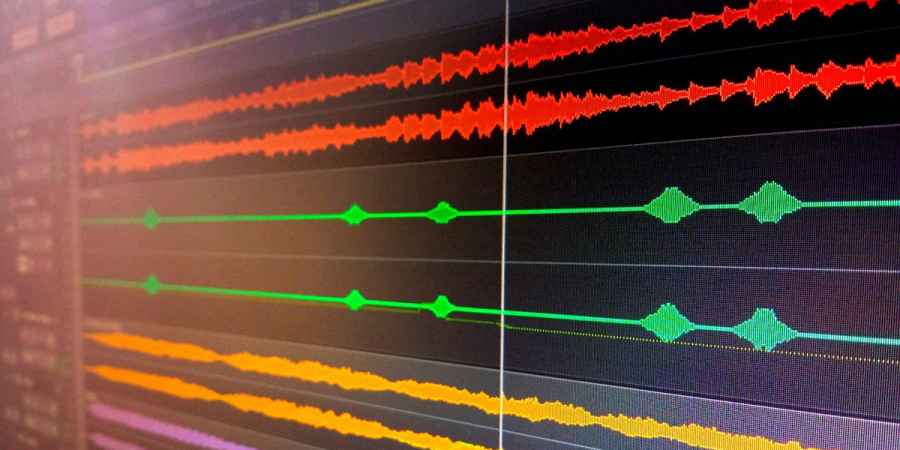
EvpMarch 03, 2024
Understanding The Melodic Warbling Sounds In EVP Recordings
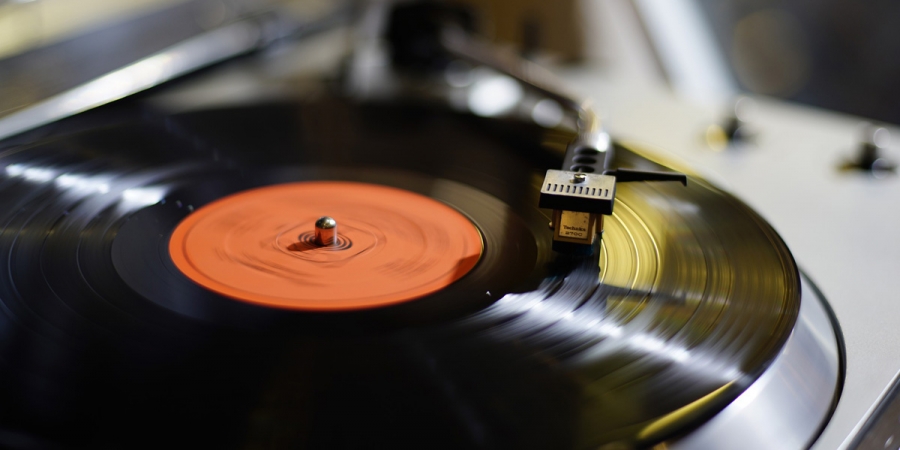
ParanormalJanuary 07, 2024
The Surprising Link Between Misheard Songs & EVPs In Ghost Hunting
 See More on Audible
See More on Audible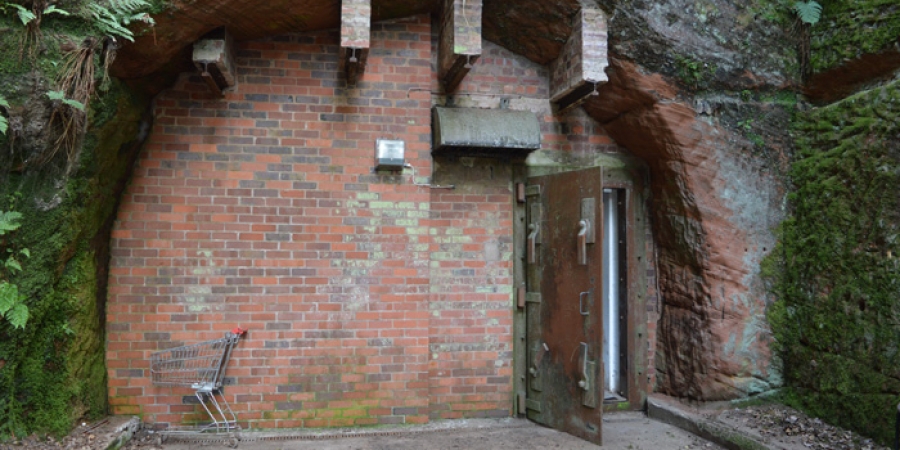
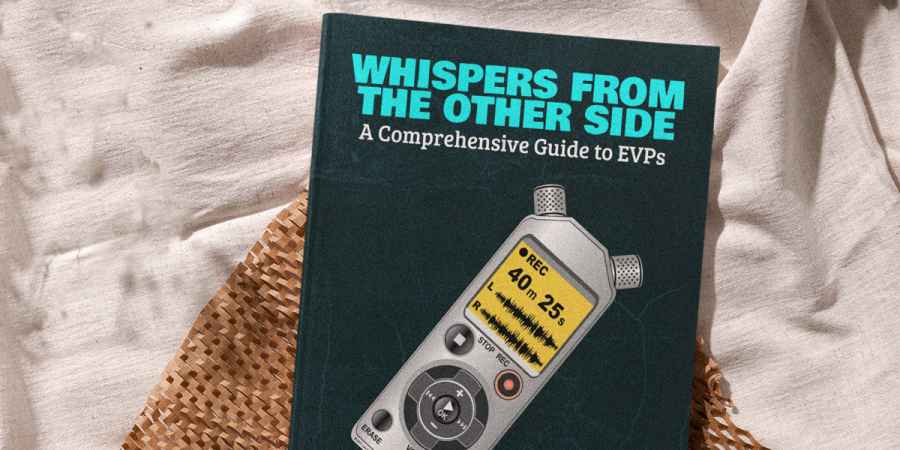

Comments
Want To Join The Conversation?
Sign in or create an account to leave a comment.
Sign In
Create Account
Account Settings
Be the first to comment.